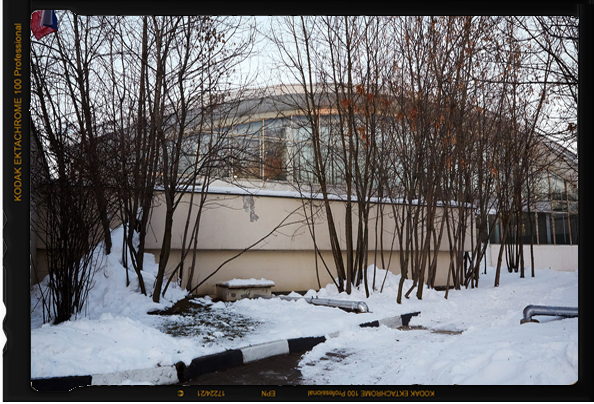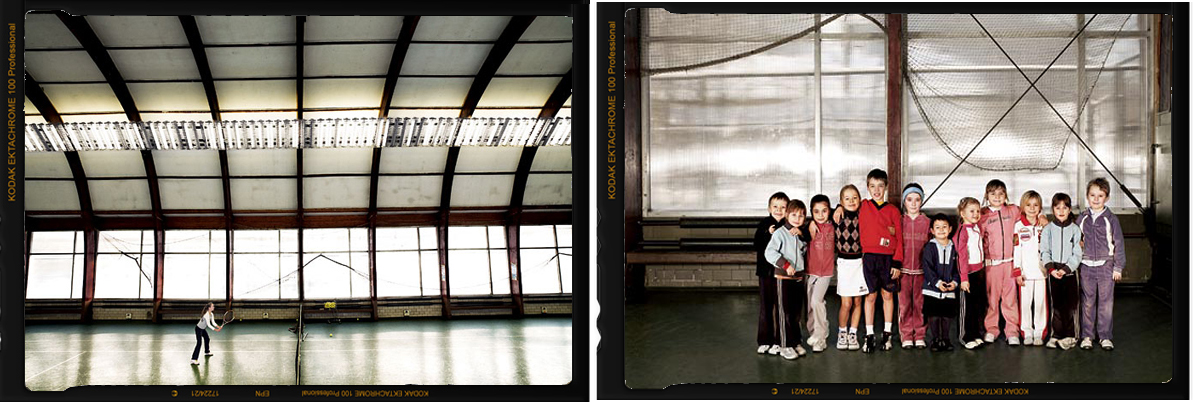THE TALENT FACTORIES
Something crazy happened to violinists in the twentieth century. They got better and faster than their peers had been in previous centuries.
How did this happen? And how have runners and swimmers gotten so much faster, and chess and tennis players gotten so much more skillful?
There’s an explanation, a simple and a good one, and it is this: some people are training harder — and smarter — than before. We’re better at the endeavors we undertake because we’ve figured out how to become better.
Meadowmount is a remote, rustic classical-music camp in New York’s Adirondacks where students cover a year’s worth of material in seven weeks—a 500 percent increase in learning velocity.
 Part summer camp, part music school, and part boot camp, the school is strict, austere, and responsible for creating some of the top string players in the world. Alumni include Yo-Yo Ma, Itzhak Perlman.
Part summer camp, part music school, and part boot camp, the school is strict, austere, and responsible for creating some of the top string players in the world. Alumni include Yo-Yo Ma, Itzhak Perlman.
It’s the kind of regimen found at countless sports academies around the world. The results speak for themselves…
At the end of 2001, Russia had one woman (Elena Dementieva) in the W.T.A. Tour’s top 30. By the start of 2007, Russian women accounted for half of the top 10. Ask any tennis pro how this happened, and you’ll likely hear one response: Spartak.
Thirty years ago, the former Soviet Air Force hangar was converted into the only indoor Tennis court in Moscow. And although the facade may be rusting, the building produces Tennis gold.
To put Spartak’s success in talent-map terms: this club, which has one indoor court, has achieved eight year-end top-20 women’s rankings over the last three years. During that same period, the entire United States has achieved seven.
Tournament pairings regularly became all-Spartak affairs, most memorably the 2004 French Open final, Myskina over Dementieva, the continuation of a rivalry the two began at Spartak when they were both 7 years old.
The same kind of results can be found for sports academies like the Barcelona Soccer Academy which has built the greatest club the soccer world has ever known on the strength of graduates like the greatest player the world has ever known, Messi.
At all of the current epicenters of youth sports training – tennis academies in Russia, golf schools in South Korea, baseball academies in the Dominican Republic and Venezuela– the common thread, is an obsessive focus on technique. Harnessing the competitive drive comes later. At Spartak, they don’t allow students to even compete in tournaments for at least three years.
Today, science is beginning to recognize the method in the their madness.
While favorable genetics and a well-conditioned body are essential, some scientiests believe that physiological changes in the brain that take place during repetitive practice at a young age may make the difference between a world class athlete and the rest of us…




